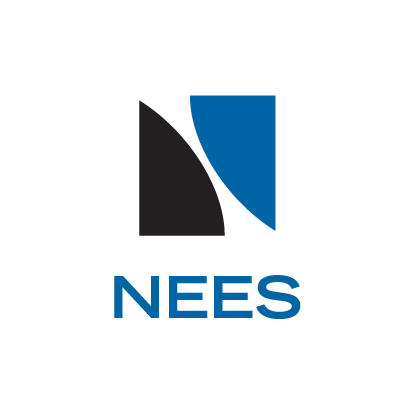
| Home |
| Project Team |
| Schedule |
| Experimental Sites |
| Kid's Section |
| Education and Outreach |
| Education and Outreach | |||
|
Seattle University Undergraduate students from Seattle University have participated in the project in during Year 1 through support provided by this project to the Seattle University Project Center. Four seniors have designed a set of SPSWs that will be used as the basis for analytical studies to improve the efficiency of SPSW design and compare performance with R-SPSW designs. The designs include three and nine story structures governed by wind loading, and three and nine story structures governed by seismic loading. After completing these designs, the students compared the demand forces and ease of implementation between the orthotropic plate modeling method and the strip modeling method among several other tasks. The students produced a comprehensive report of their results, design drawings, and presented their work at SU Projects Day and at the UW to graduate and undergraduate students. The students will continue to monitor the progress of the research remotely. |
|
||
|
Seattle MESA This project will engage students from minority and underrepresented groups to encourage and inspire them to pursue studies in science, technology, engineering, and mathematics. To achieve this goal, the project will partner with the Seattle Mathematics Engineering Science and Achievement Program to provide summer internships to two underrepresented minority or female high school students during Years 1, 2, and 3. Seattle MESA has an outstanding record of helping girls and underrepresented minorities achieve academic success: 96% of MESA seniors go to college, nearly 70% of African-American, Native American and Latino students in Seattle MESA's ninth grade program earn a 3.0 GPA as high school freshman, compared to only 20% of their peers, and MESA alumni are five times more likely to graduate with a degree in mathematics, engineering, or science than their peers. The high school students supported by this research will work alongside graduate and undergraduate students, under the supervision of Prof’s Berman and Lowes. The students will help construct, instrument, and perform the component testing at the UW during Task 4.1. From these hands-on experiences, they will learn: basic principles of structural engineering, construction techniques, material behavior up to failure, experimental methods, basics about structural instrumentation, and basics about experimental data interpretation.
|
|
||
|
|
|||
| Sponsored by: | ||
|
|
||

